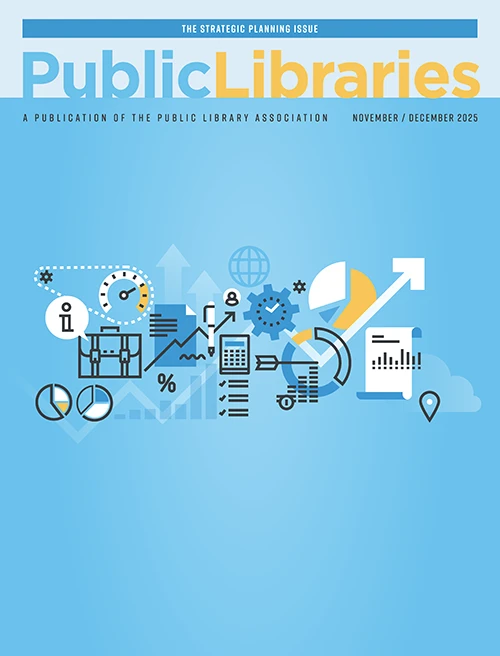Libraries Lead the Way in Sustainability

Try a quick Google image search for “Library Solar Panels”—you might be surprised by how many public libraries are embracing sustainability. From Indiana to Texas, libraries are evolving beyond their traditional role as information hubs to become leaders in renewable energy. As part of the Green Libraries Movement, they are installing solar panels to reduce their environmental impact and inspire their communities. These solar-powered libraries not only shrink their carbon footprints but also serve as hands-on learning centers, demonstrating the real-world benefits of clean energy.
Libraries are uniquely positioned to serve as models for sustainability due to their role as accessible public institutions. Many libraries are taking advantage of government grants and incentives to fund solar energy projects, allowing them to transition to renewable power without impacting their budgets significantly.
For example, the Athens-Clarke County Library in Georgia received a grant in 2017 to install a “Sunshine Garden” solar array, which features structures such as a Solar Spotlight Curve and a Smartflower—a solar panel system that mimics the movement of a sunflower to maximize energy efficiency. This initiative has played a crucial role in educating the community about renewable energy through partnerships with local schools and environmental programs.
Similarly, libraries in states like California, Illinois, and New York have incorporated solar panels into their infrastructure, demonstrating how public institutions can integrate clean energy solutions while continuing to provide essential services to their communities.
One of the most ambitious solar energy initiatives involving public libraries was recently launched in San Antonio, Texas. In November 2023, the San Antonio City Council approved a $30 million project to install solar panel infrastructure across 42 city-owned facilities, including several public libraries. This bold plan aligns with the city’s long-term sustainability goals and aims to significantly reduce municipal carbon emissions.
As part of this project, the San Antonio Public Library (SAPL) Board of Trustees recently approved the design plans for solar installations at two branches: Las Palmas Branch Library and Brook Hollow Branch Library.
The Las Palmas Branch Library, located on the West Side of San Antonio, features a 207-kilowatt rooftop solar installation designed to offset approximately 81% of the library’s energy consumption. Initially, a parking canopy installation was proposed, but the trustees chose a rooftop system instead. This decision was made to preserve space for potential public art projects and future library expansions.
On the North Side of San Antonio, the Brook Hollow Branch Library has a 122-kilowatt solar installation that includes a canopy structure over a new parking lot. This system is expected to offset about 76% of the branch’s energy usage. In addition to generating renewable energy, the canopy provides shaded parking spaces for visitors, enhancing the library’s amenities.
Beyond Las Palmas and Brook Hollow, San Antonio’s Office of Sustainability has identified seven additional library branches as suitable candidates for solar panel installations. The SAPL Board has approved moving forward with the design phase for these branches, and detailed plans will be reviewed in future meetings.
The adoption of solar energy in public libraries offers numerous benefits, extending beyond just financial savings. This includes positive environmental impact, economic savings and educational opportunities. By installing solar panels, libraries provide tangible examples of renewable energy in action, inspiring patrons of all ages to explore careers and personal choices that support sustainability. As climate concerns continue to shape public policy and urban development, the role of libraries as sustainable community spaces will only grow. Future advancements in solar technology, battery storage, and smart energy management will allow libraries to become even more energy-efficient. By showcasing innovative and practical solar energy solutions, libraries go beyond being hubs of books and knowledge—they become community leaders in sustainability, setting an example for a greener future.
Looking for additional reading on this topic? Check out the bibliography page from ALA’s Library LibGuide on Sustainable Libraries.
Tags: greenlibraries, solarpanelsatlibraries, sustainablelibraries












